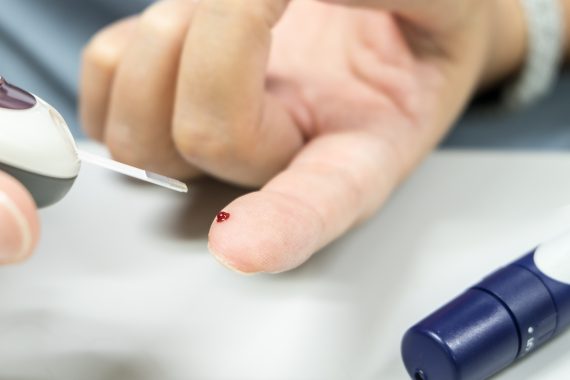CPD: Key questions on type 2 diabetes

Learning Objectives
This module will update you on type 2 diabetes, including:
- Using gliptins
- The role of low-GI diets in management
- The role of sulfonylureas
- Advising patients during Ramadan
Author
Dr Kevin Fernando is a GPSI in diabetes in North Berwick, Scotland, and member of the Primary Care Diabetes Society committee
There has been a huge increase in the number of drugs available for diabetes and the NICE guidelines can be confusing. Can you give a simple summary of where to go after metformin and what patient characteristics would guide that choice?
Yes, there has been an explosion in new diabetes drugs available over the last 10 years – I like to call it the post-metformin melange. Each of these drug classes has its own mode of action, advantages and adverse effects, which makes it incredibly challenging for us in primary care.
SIGN 154 was published in November 2017 and provides a user-friendly algorithm to guide the choice of first-, second-, and third-line therapies.1 It usefully differentiates therapies by their efficacy, any cardiovascular benefit, risk of hypoglycaemia, impact on weight, main adverse effects, and prescribing restrictions in renal impairment.
Additionally, a useful mnemonic when prescribing for those with diabetes is the six Ps of prescribing:
- Pathophysiology – is the clinical picture one of insulin resistance (for instance with centripetal obesity) or insulin deficiency (with marked osmotic symptoms and lower body weight)? What is the duration of the diabetes? Is there evidence of less common forms such as latent autoimmune diabetes in adults (LADA) or maturity onset diabetes of the young (MODY)? Use these questions to consider further investigation or guide prescribing.
- Potency – what is your mutually agreed HbA1c target? How far is this from baseline HbA1c? Use these questions to choose an appropriately potent drug.
- Pluses – is weight loss or a low risk of hypoglycaemia desirable? Is cardiovascular protection a priority? Can the class of drug be used in renal impairment? Use these questions to guide choice of drug.
- Practicalities – what is the dosage of the drug? Is self-monitoring of blood glucose recommended? Are there any significant drug interactions we need to be aware of?
- Precautions – what is the adverse effect profile of the drug? Does the drug increase the risk of hypoglycaemia or cause weight gain? Is there an increased risk of genital infections or gastrointestinal symptoms? Do we need to discuss sick day guidance?
- Price – absolute cost is of course a consideration, but cost-effectiveness is more important.
Click here to read the full article and download your certificate logging 1.5 CPD hours towards revalidation
Not a Pulse Learning member? Click here to join and gain access to over 400 CPD modules
Pulse October survey
Take our July 2025 survey to potentially win £1.000 worth of tokens

Visit Pulse Reference for details on 140 symptoms, including easily searchable symptoms and categories, offering you a free platform to check symptoms and receive potential diagnoses during consultations.












